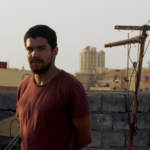Most African refugees and migrants still move toward Europe. But Latin America is increasingly the destination of choice for people escaping violence and poverty in Africa. Across the Atlantic there is hope and opportunity, but trouble as well.
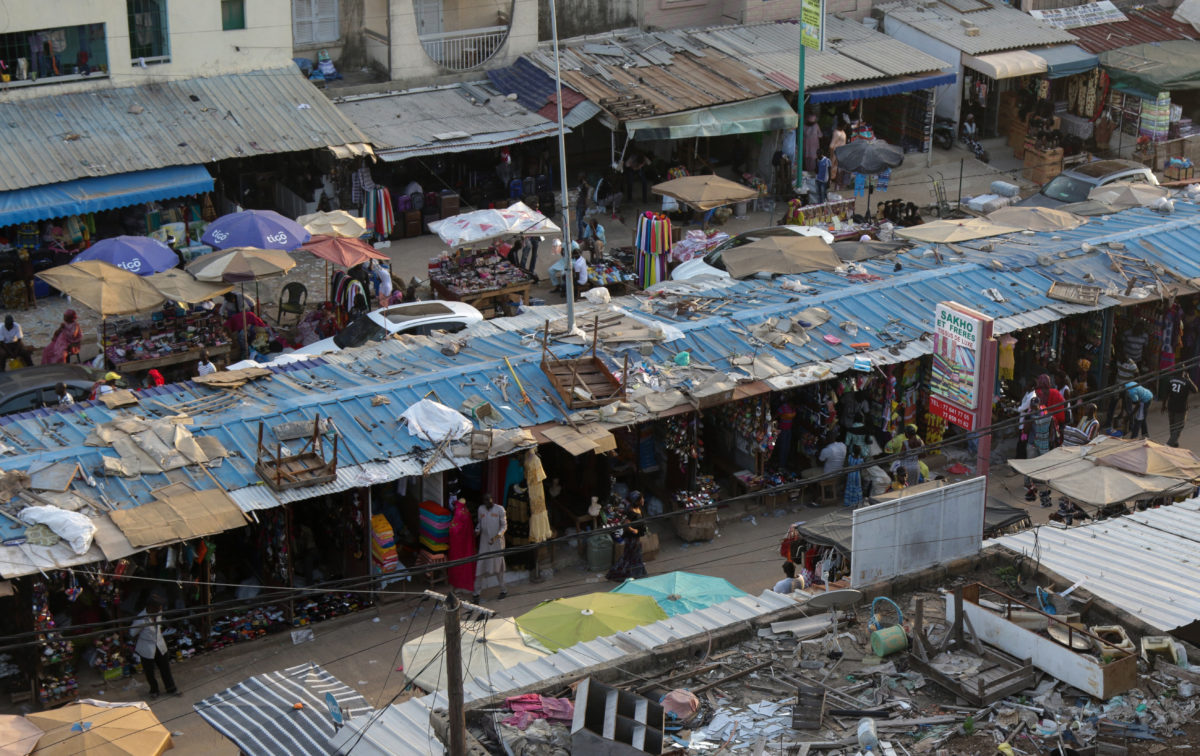
General view from HLM Market where the wax print fabric is sold in Dakar, Senegal, on September 13, 2017. "Marché HLM" is one of the most famous places to find local textiles in West Africa. (Photo: Santiago Carrión)
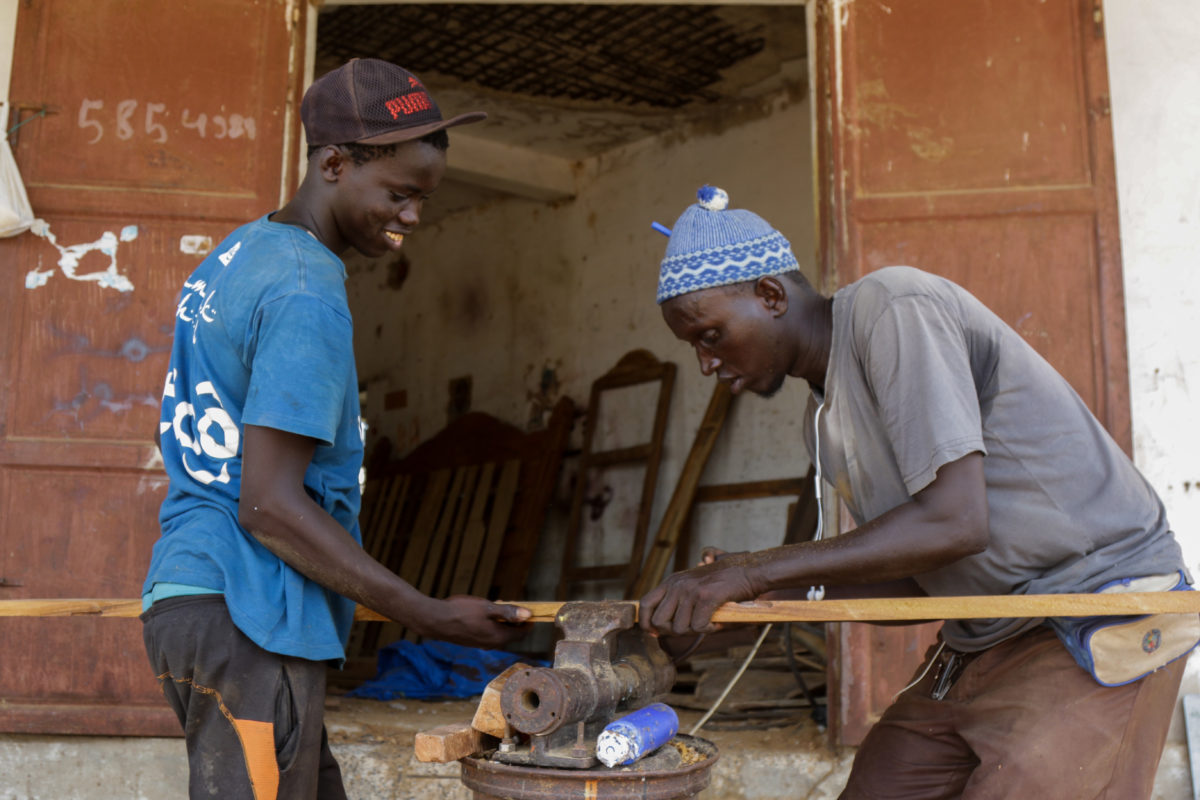
Sissé (R), 40, works as a lumberjack in Thouba, Senegal’s second largest city, on September 14, 2017. He's not even sure about the name of the city in Brazil his son went to. Like many others, his son used a local “agency” to help with his travel, but he has not been able to get in touch with him since he left. (Photo: Santiago Carrión)
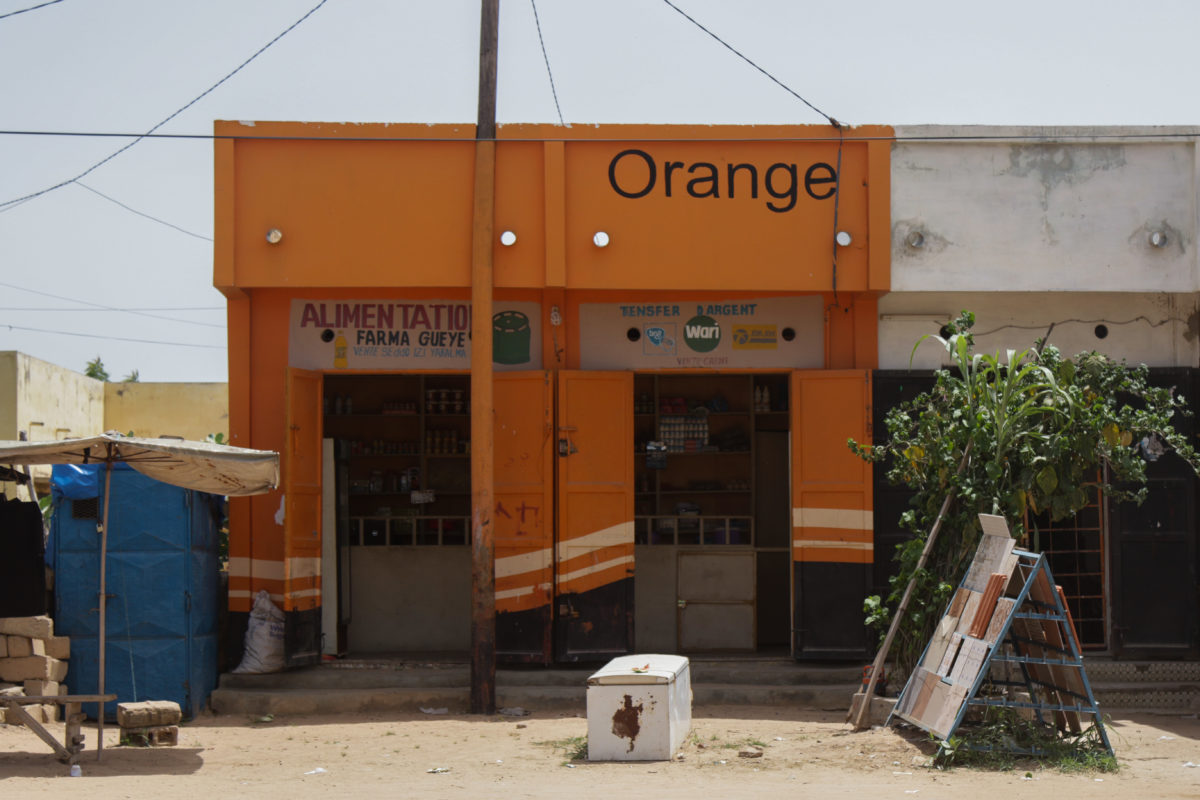
Smugglers use Money Transfer Agencies like this to deal fake documents and visas. Thouba, Senegal, on September 14, 2017. (Photo: Santiago Carrión)
“Most of the time, we don’t even have to perform a very strict check on the applications. Some 99 percent of documents presented to us contain something fake.”
Flavio Lima Rocha, Brazillian ambassador to Senegal
“You know this is dangerous, it’s a different business. It’s a gang, you know what a gang is? A lot of people are involved. People at the airport, police… You know?”
Desk agent at alleged illicit migration “agency”
Manning the bustling stalls that make up the marché – the H.L.M. market in central Dakar – merchants shout to draw attention to their myriad patterned fabrics and goods– lingerie, ribbons, shoes, and jewelry–from around Africa. The air is thick with the smell of fresh, fried beignets, resting on large sheets of newspaper.
Piled high in one brightly colored corner of the market are rolls of patterned wax-print fabric used for traditional Senegalese dresses and scarves. Shoppers inspect exquisite batik patterns. These are the same industrially-produced wax prints now found across the Atlantic Ocean, on the streets of São Paulo. These merchants are Senegalese migrants who’ve settled into a new life in Brazil, or are mapping out a long journey north to the United States or Canada.
Mourtalala Mbow, one of the vendors in the Dakar market, says his brother Laye moved to Brazil two years ago. Laye Mbow sells clothes, only now in São Paulo, along with other small-scale vendors supplying a growing demand for African goods.
But why Brazil?
The most common emigration route from Senegal still goes north through Africa toward Europe. But Latin American countries –Brazil, Ecuador and Argentina – are increasingly popular destinations for African and Middle Eastern migrants escaping violence and dire poverty.
The route to the Americas is, surprisingly, cheaper. And migrants and refugees fearful of violent smugglers say the trip through the Americas is safer, even if there’s still risk in doing business with shady smugglers and corrupt public officials.
Moreover, most Senegalese arriving in Latin America do so legally, without coyotes or people smugglers. They fly to Ecuador or Brazil. And they’re finding that, while not as wealthy as some European destinations, Latin American nations like Brazil and Argentina offer economic possibilities migrants don’t see at home.
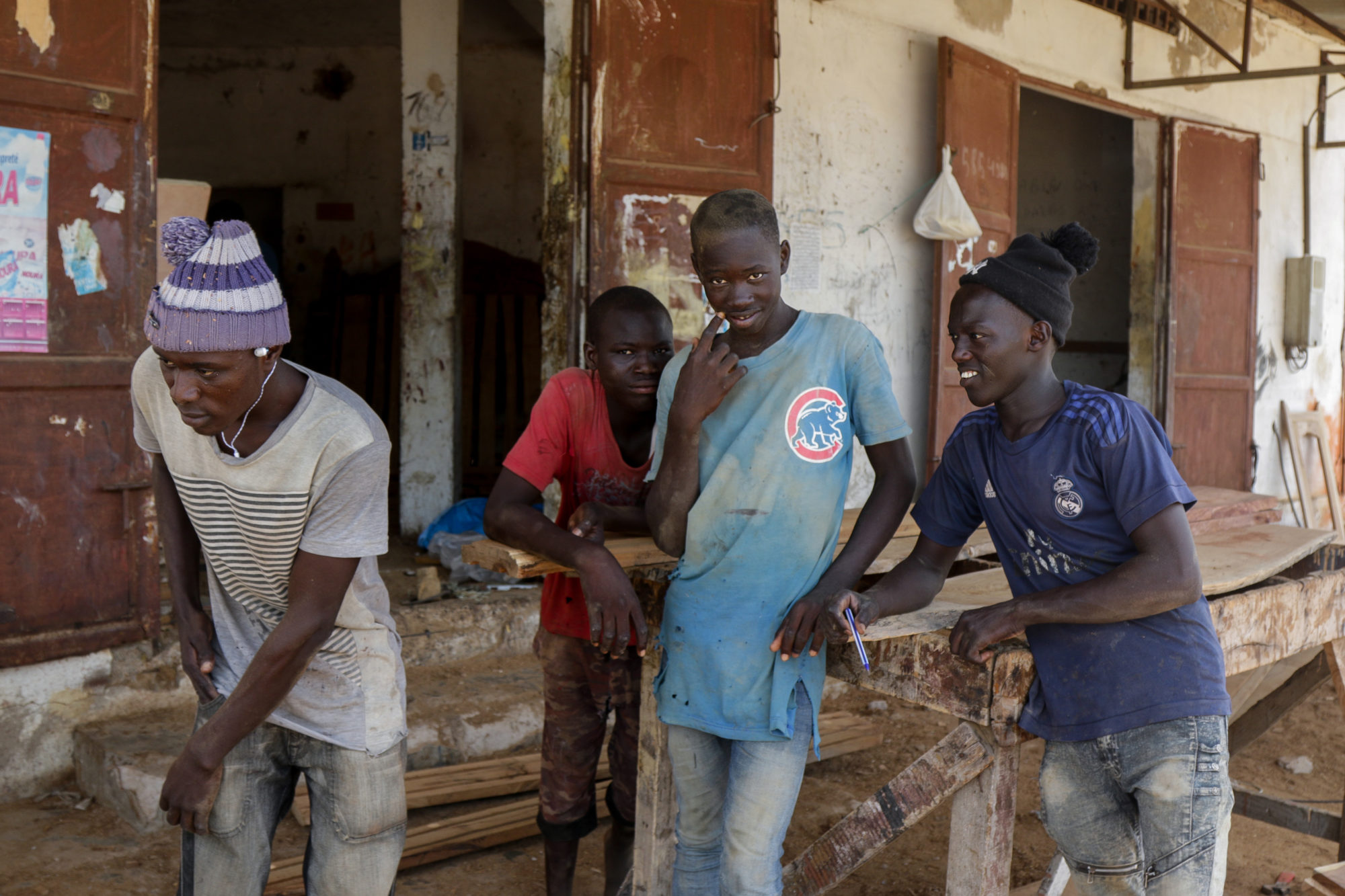

General view from HLM Market where the wax print fabric is sold in Dakar, Senegal, on September 13, 2017. "Marché HLM" is one of the most famous places to find local textiles in West Africa. (Photo: Santiago Carrión)

Sissé (R), 40, works as a lumberjack in Thouba, Senegal’s second largest city, on September 14, 2017. He's not even sure about the name of the city in Brazil his son went to. Like many others, his son used a local “agency” to help with his travel, but he has not been able to get in touch with him since he left. (Photo: Santiago Carrión)

Smugglers use Money Transfer Agencies like this to deal fake documents and visas. Thouba, Senegal, on September 14, 2017. (Photo: Santiago Carrión)
In Senegal, it is increasingly common to meet families with relatives or friends on the other side of the Atlantic. Remittances from Brazil to Senegal are on the rise, and help families get by.
“After my brother left I became the chief of the family. Now I’m the responsible for his wife and son here. I’ll take care of them until he is back or we get to send them to Brazil, too,” explained “A”, speaking in Thiés, some 35 miles from Dakar. He spoke on condition of anonymity, fearing reprisals from people who facilitated his brother’s trans-Atlantic journey.
Sissé, who is 40 and who works as a lumberjack in Thouba, Senegal’s second largest city, is not sure about the name of the city in Brazil his son moved to. Like many others, his son used a local “agency” to help with his travel. But Sissé has heard nothing from him since.
“This all works by word of mouth,” said Yvain Bon of the International Organization of Migration (IOM) in Dakar. “The moment that passage to Spain and Italy got more difficult, information about alternative routes spread very fast”.
Most Senegalese moving to Latin America come from the agricultural eastern region of Diourbel, Bon said. An area once known for its peanut industry, a downturn in the 60s led many to leave. “Historically, it’s a pastoral population that is traditionally used to mobilization,” he added.
As Crows and Airplanes Fly
As the crow flies, the distance between the Senegalese capital Dakar and the nearest point on the Brazilian mainland is almost 1,900 miles — same distance as between Dakar and Gibraltar.
Two main routes are used, each bringing different costs and risks. The cheapest – and the most common until a few years ago – was to start the Americas trek in visa-friendly Ecuador. There, migrants would hire human smugglers to help them enter Brazil through the Amazon forest, “facing the most unimaginable kind of deprivations” according to Flavio Lima Rocha, Brazil’s ambassador in Senegal.
More popular today is safer, albeit more expensive: Win a tourist visa and fly to Brazil, regrouping in major cities like Rio de Janeiro or São Paulo before taking the next steps.
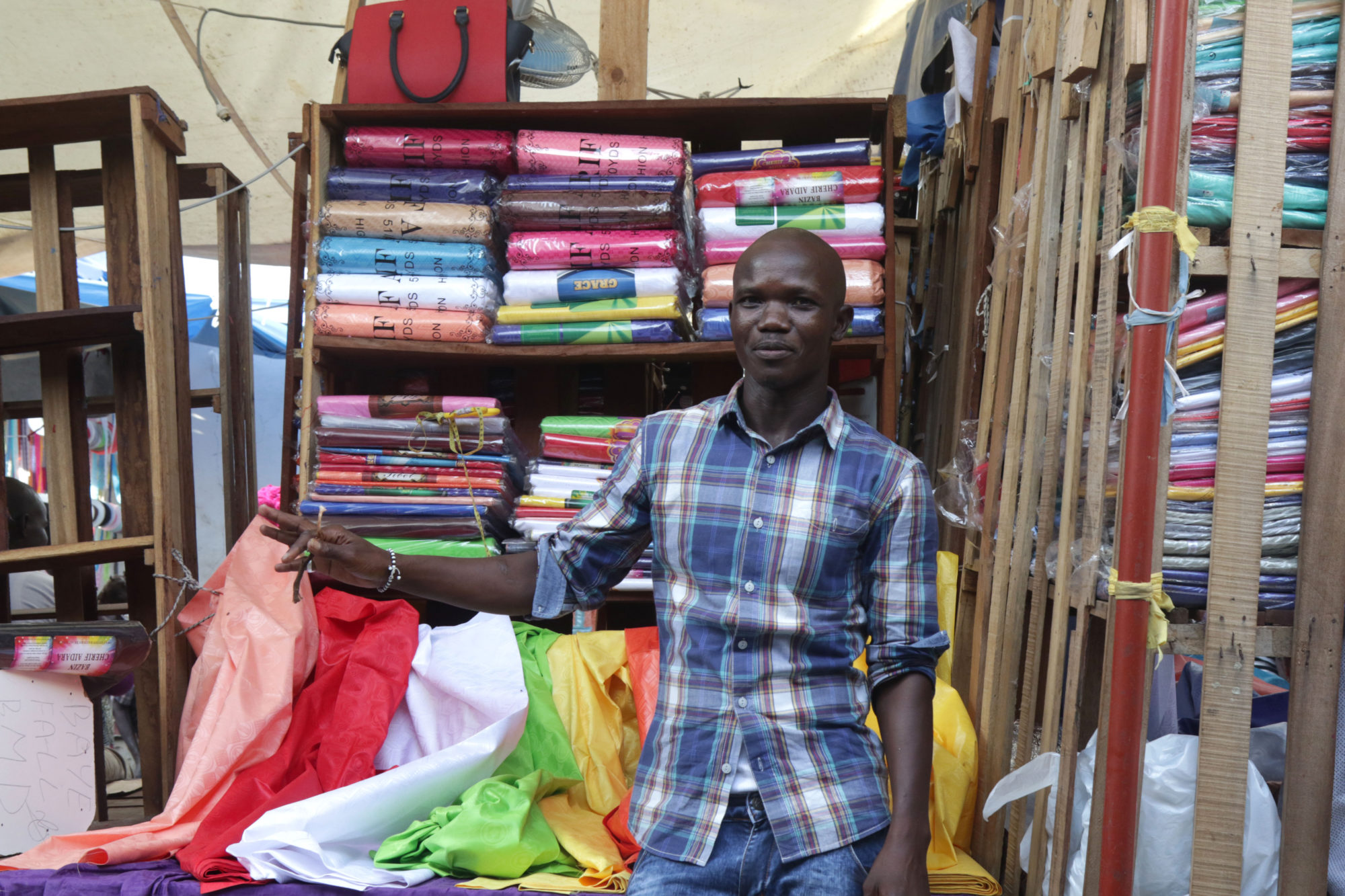
“Most of the time, we don’t even have to perform a very strict check on the applications. Some 99 percent of documents presented to us contain something fake.”
Flavio Lima Rocha, Brazillian ambassador to Senegal
Visas By Any Means
The key is the visa.
Ambassador Rocha said faked documents are the principal reason consular officials in the Brazilian embassy in Dakar reject tourist visa applications.
“Most of the time, we don’t even have to perform a very strict check on the applications. Some 99 per cent of documents presented to us contain something fake. We check with banks and local authorities,” Rocha said.
But a vast network of people is constantly working to circumvent the system. For a fee, legitimate-looking visas can pave a way into Brazil.
The search for these visas starts in places as unremarkable as the small kiosk offering international money transfers. Select agents offer to “facilitate” the process of acquiring visas to places like Brazil, even arranging “accommodation” after arrival.
That was the case for the brother of “A”, a 33-year-old migrant from Thouba who went to Brazil two years ago. He paid the owner of a small remittance business about $3,600 for “visa processing,” tickets, and six weeks accommodation in Sao Paulo.
At the store, “A” was told the owner had connections in the Brazilian embassy. Ambassador Rocha flatly denied this, saying that in the cut-throat market for migrants’ money, people say anything.
Regardless, the transaction worked for “A.”’ His brother got his visa, entered the country and now sends remittances home to his wife and son.
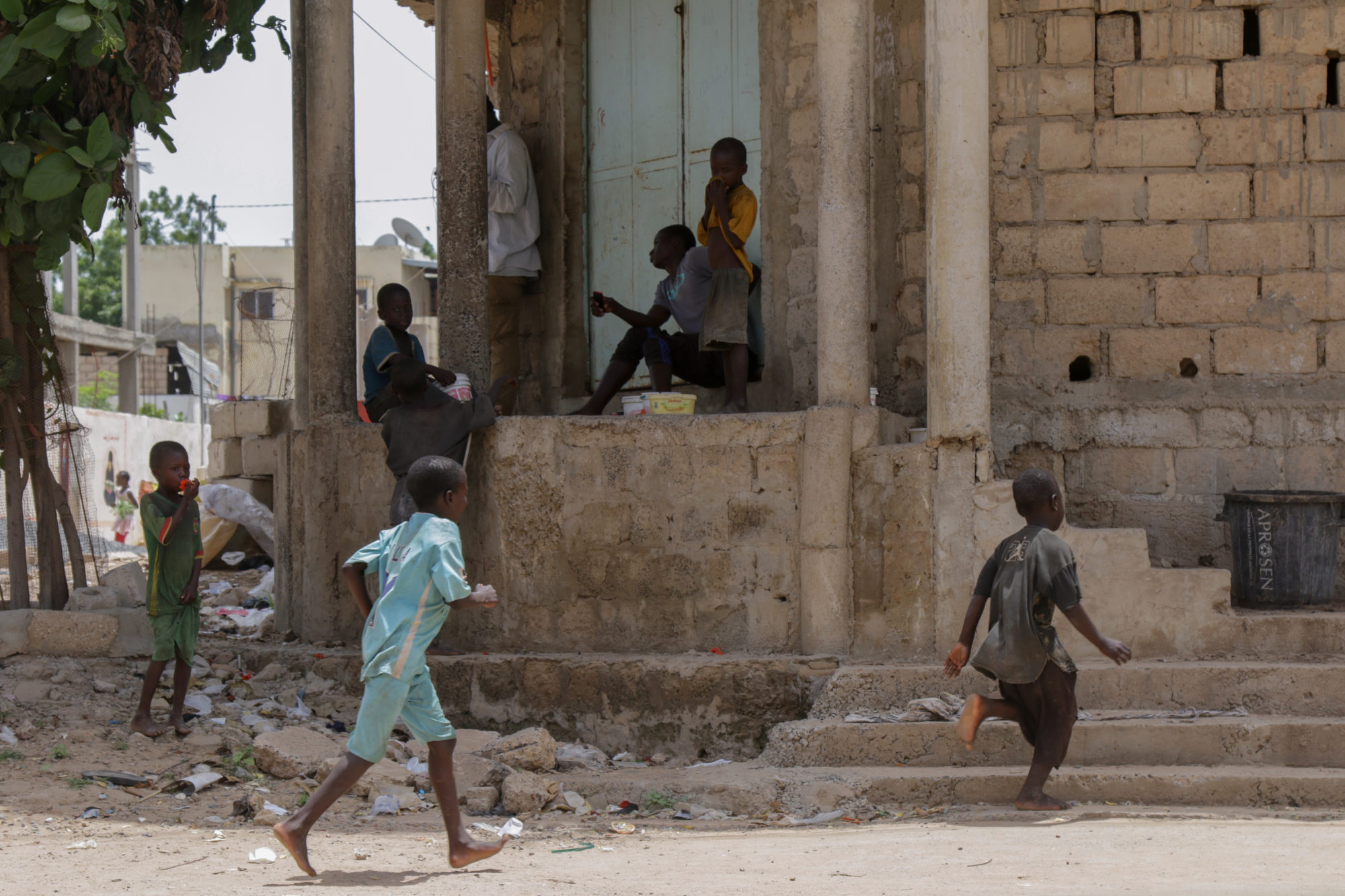
“You know this is dangerous, it’s a different business. It’s a gang, you know what a gang is? A lot of people are involved. People at the airport, police… You know?”
Desk agent at alleged illicit migration “agency”
With the information on how this so-called “demarche des visas” – or illicit visa processing – worked, 100Reporters and Journalists For Transparency traveled five hours in Senegal, along a dusty road to Thouba. The destination was a small house with a front yard just beside a money-transfer kiosk, and coincidentally, in front of a police station.
This market operates by word of mouth, so customers need precise names and addresses before anyone will take the bait. The line “we’re trying to help a Senegalese friend get to Brazil so he could be reunited with his brother” only raised suspicion.
“Someone told you we do this here? Who told you we do this here? What is the name of the person you are searching for? A lot of people do this thing here. I need to know exactly with whom you want to speak. You can not come here like this,” shouted the clerk.
Asking around the public square led to a man claiming to have contacts in Senegal’s migration services at Dakar’s airport. He said that for $470, he could introduce us to “people helping with visas.”
“You know this is dangerous, it’s a different business. It’s a gang, you know what a gang is? A lot of people are involved. People at the airport, police… You know?” he said.
The “demarche des visas” works in different ways, the most common is helping would-be applicants prove they have money enough to be a credible tourist in Brazil. To pass this test, migrants often present fake documents (and incur in the risk of the embassy checking the bank statements with the bank itself and turning down your application) or have someone deposit money, temporarily, in their bank accounts — a tactic called “gonfler” (blowing up).
A letter of invitation from a Brazilian citizen also helps. There is a flourishing trade in fake letters and paying someone to submit one to the Brazilian Embassy on behalf of a visa applicant.
Ambassador Rocha says his staff routinely gets calls from the Senegalese migration service reporting someone trying to fly to Brazil with a fake visa, false passport and even Brazilian identity cards.
Because of this screening process, organized crime groups have stepped in, relying on corruption and weak rule of law in Senegal to make the visas happen.
“They are where there are jobs,” said Yvain Bon of the IOM. “The Senegale migrant adapts very quickly … Due to this ease in migrating, whatever the destination, distance doesn’t actually matter.”
Falou Birago contributed to this story.


